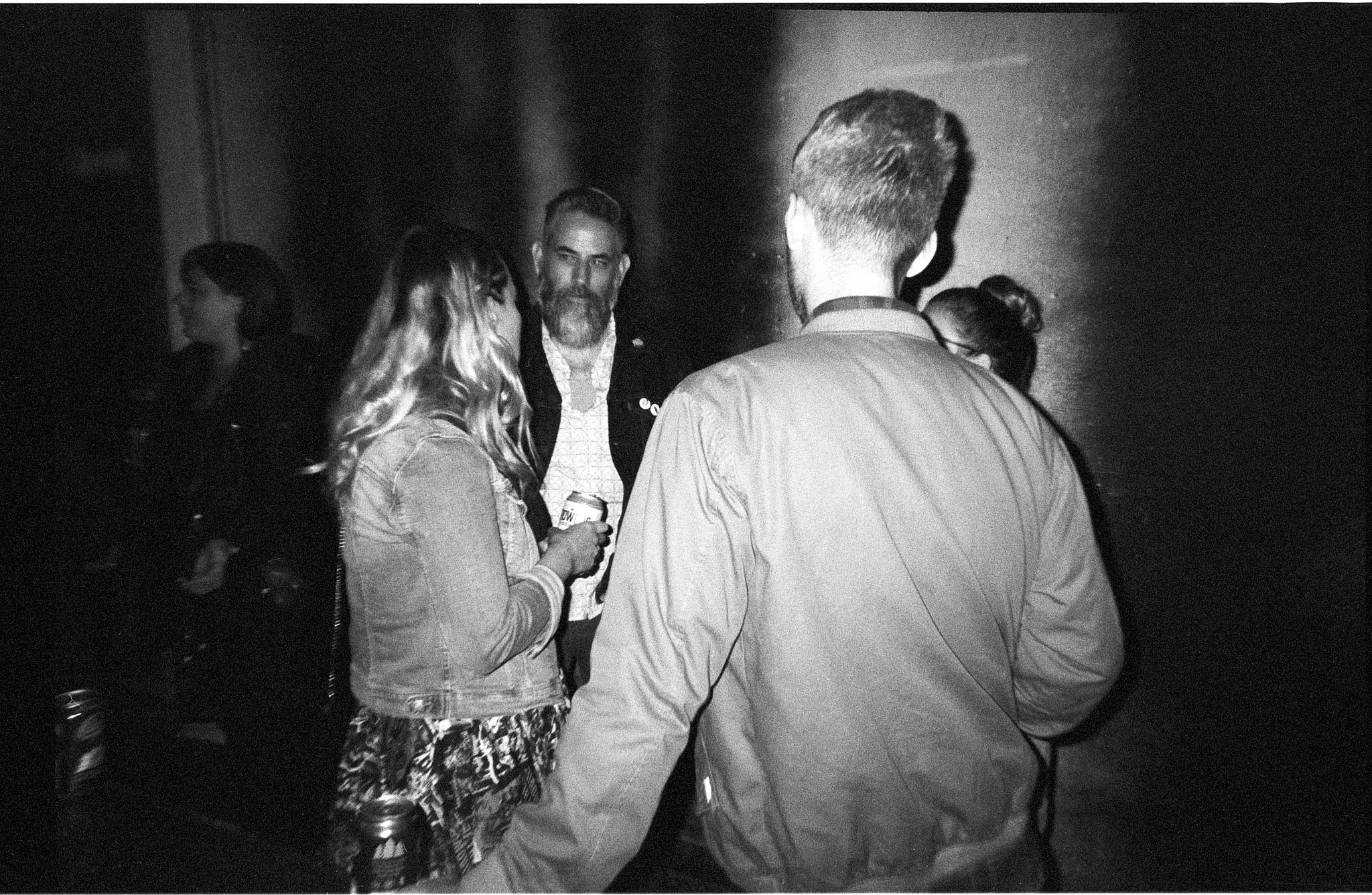This past summer, I was shooting photos for Small Stage and their #LoveBubble Project. Small Stage features live dancing, music and fun interactions with the public. This is exactly the kind of action I love shooting.
When I was shooting the events that day, the light conditions varied from high contrast bright afternoon sun, to soft, slightly overcast diffused light. I thought it would be a perfect opportunity to try out the Lomography Earl Grey ISO 100 black and white 35mm film, and put it’s capabilities to the test.
From Lomography’s website:
This film produces deep blacks, bright whites and soft shades of grey even under low-light conditions.
When I developed the film and saw the results, I was so impressed! This film has so much range, especially in the mid-tones. It is perfectly versatile for shooting in changing light conditions. It’s got a nice, wide exposure latitude, showing plenty of details in the shadows, and in the highlights, and indeed, it’s got rich looking blacks. There is some noticeable grain, but it’s not unpleasant, it’s quite soft, small and uniform. It reminds me of an older, classic black and white film, but with decent sharpness. Thank you Lomography for producing yet another exceptional black and white film! I’m looking forward to shooting more, and also trying the 120 version of this film.
Lomography Earl Grey ISO 100 film comes in 35mm and 120 formats.
Here are some photos from my recent roll of Lomography Earl Grey 100 35mm film.
And one more photo that I shot that same evening:
All of these photos were shot with my Canon EOS1 SLR and home developed with Kodak HC-110 (1+31) developer. Epson V-850 Scan.





















